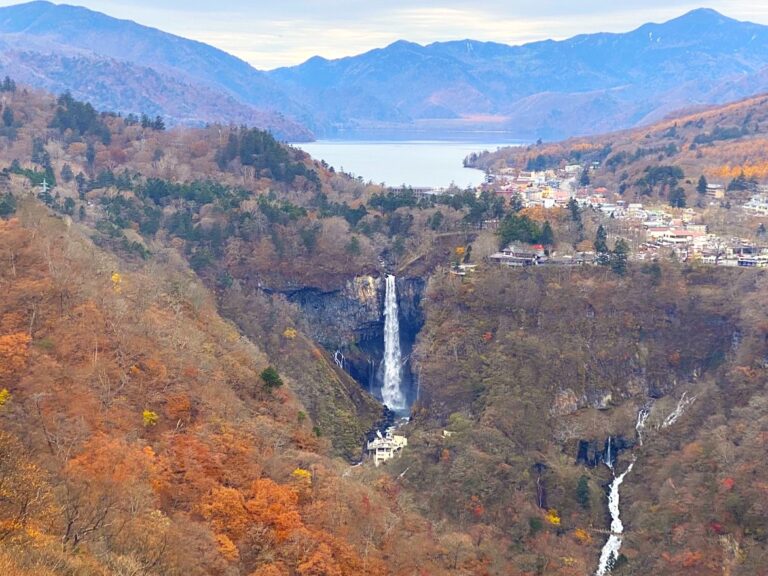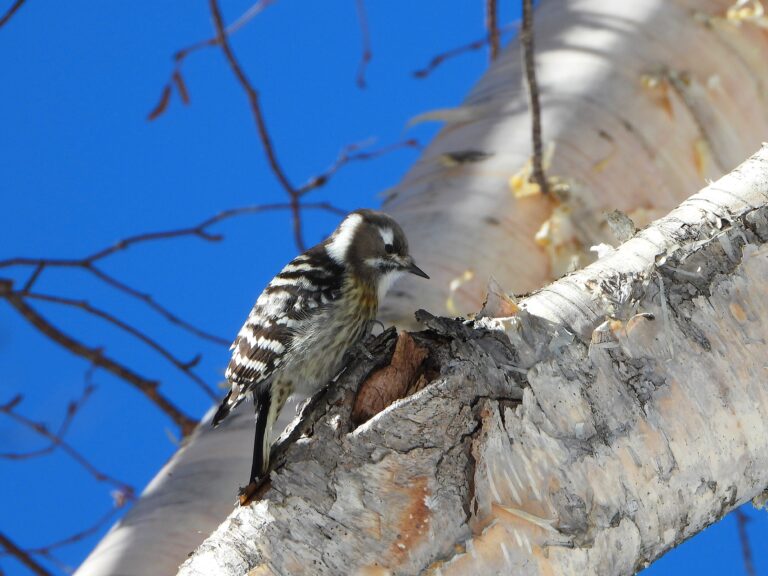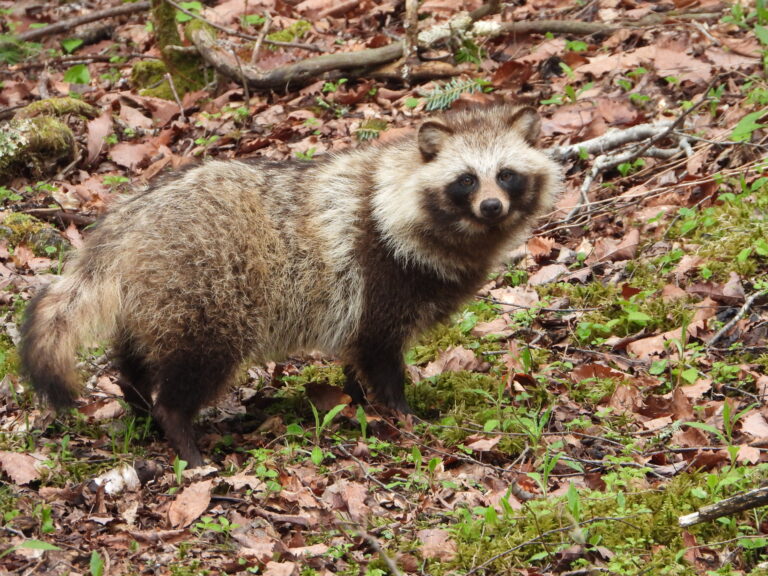Bear Attacks in Japan Are Surging – Why It’s Happening Now
In recent months, Japan has been shaken by a wave of bear attacks and sightings.
From brown bears entering supermarkets to hikers injured deep in the mountains, the country is facing what some experts call a “human–bear crisis.”
The question many are now asking: why are bear encounters increasing so dramatically in one of the world’s safest countries?
A Record Number of Incidents
According to Japan’s Environment Ministry, bear encounters and attacks reached record highs in 2023, with more than 200 people injured and six deaths — the highest figures ever recorded.
As of this autumn, several prefectures including Akita, Iwate, and Fukushima are reporting a similar or even faster pace of incidents compared to last year.
In early October, a black bear injured two people after entering a supermarket in Gunma Prefecture.
Another incident occurred in Gifu, where a man collecting chestnuts was mauled.
Even hotels and parking lots in popular tourist areas, such as Fukushima’s Iizaka Onsen, have reported bears wandering through at night.
For a country known for its safety and order, these scenes have left many Japanese residents both frightened and puzzled.

The Main Causes Behind the Rise
So what exactly is driving this sudden increase in bear encounters?
Experts point to a combination of environmental and social changes that are bringing bears and humans into closer contact than ever before.
Habituation to Humans
In some regions, bears have learned to associate humans with food — from uncollected garbage to fruit orchards and even tourist handouts.
Once they lose their fear of people, encounters can quickly turn violent.
Climate Change & Food Shortages
Warmer winters and erratic weather have disrupted acorn and beech nut production — essential autumn food for bears.
When natural food runs short, hungry bears move closer to farms and towns in search of food before hibernation.
Rural Depopulation
As Japan’s countryside empties due to aging and migration to cities, many traditional satoyama forests — once carefully managed buffer zones between human land and wilderness — have been abandoned.
These neglected forests now form natural corridors for wildlife, allowing bears to approach populated areas unseen.
Fewer Hunters and Slower Response
Japan’s licensed hunters are declining rapidly as the population ages.
Local governments now face growing pressure to respond to dangerous animals, especially near city limits.
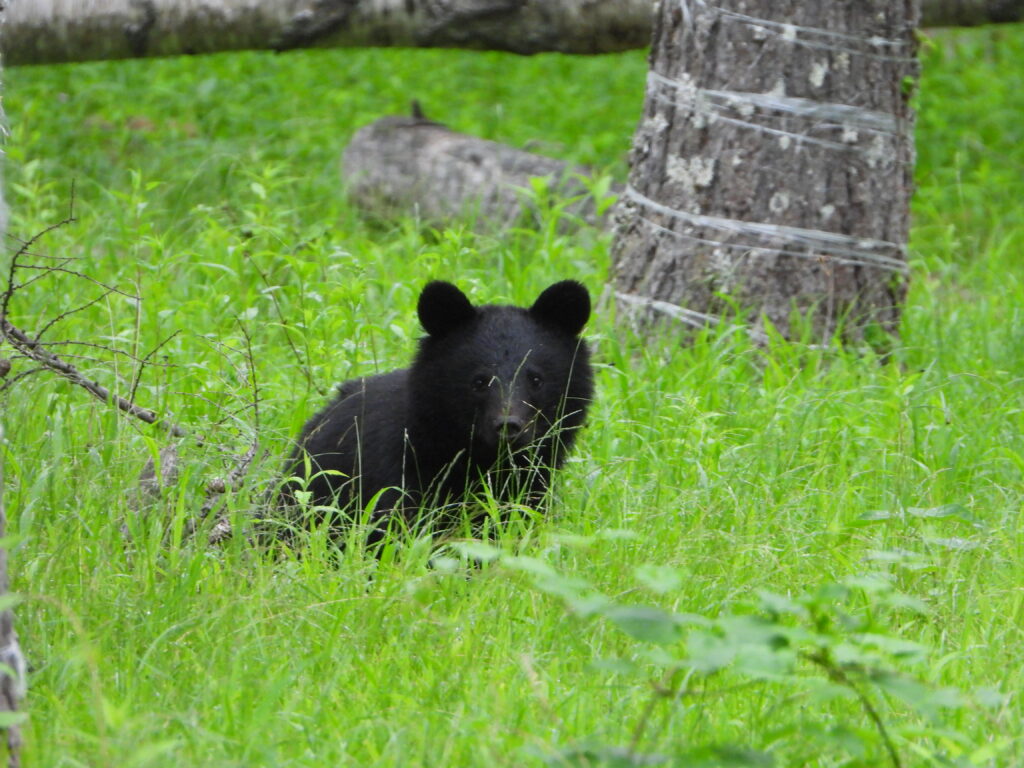
Japan’s Dilemma: Conservation vs. Safety
Japan has long promoted coexistence with nature, and both bear species — the Asian black bear and the Hokkaido brown bear — play vital ecological roles.
However, the recent rise in attacks is testing that philosophy.
Authorities are under pressure to protect residents while avoiding unnecessary culling.
Some municipalities — particularly in northern and mountain regions — have introduced “emergency shooting allowances” near urban zones.
Others are testing AI-based monitoring cameras and mobile alert apps that notify residents when a bear is detected nearby.
These technologies are still limited to some prefectures but represent a promising step forward.
Still, conservationists warn that excessive fear could undo decades of wildlife protection.
Culling too many bears might damage fragile ecosystems — and it doesn’t solve the deeper causes of food scarcity or human encroachment.
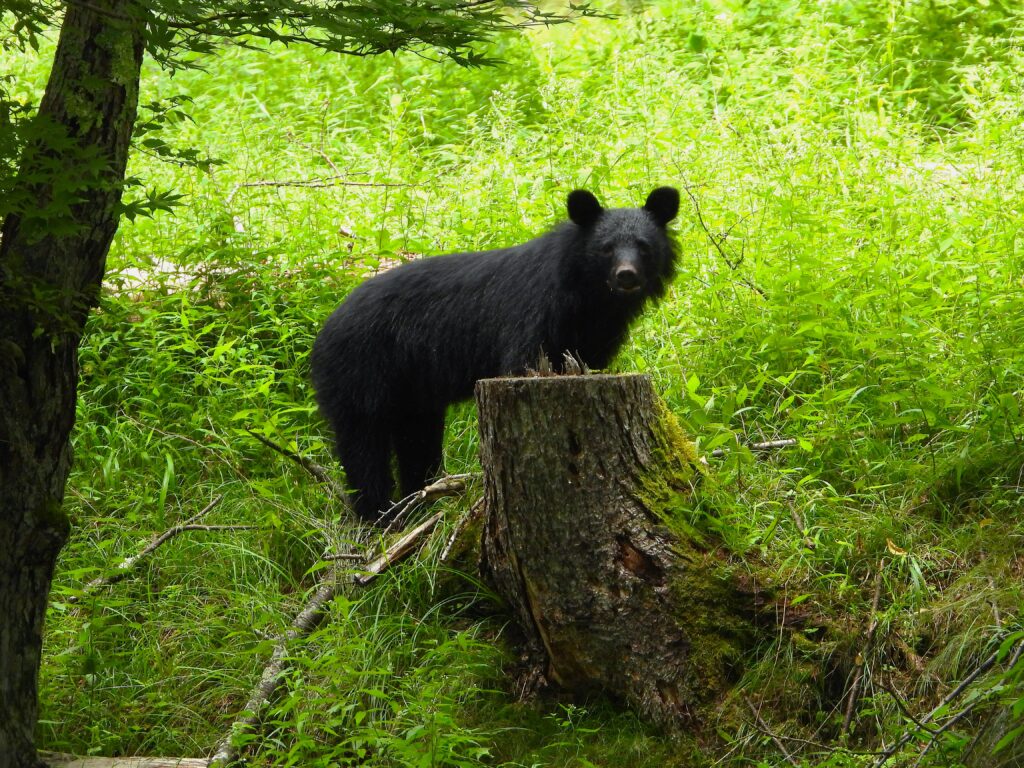
A Sign of a Larger Problem
The growing conflict between people and bears is a symptom of Japan’s changing landscape — a country where depopulation, aging, and climate stress are reshaping rural life.
For centuries, humans and bears shared the same mountains with respect and distance.
Today, that boundary is fading fast.
As one wildlife researcher in Akita put it:
“It’s not that bears are invading human spaces — it’s that humans have left, and nature is taking them back.”
Looking Ahead
With autumn in full swing and hibernation season approaching, the number of bear sightings may soon decline.
But the underlying issues will remain.
Unless Japan tackles the root causes — from forest management to rural revitalization — such incidents are likely to repeat each year.
The challenge ahead is not just keeping people safe.
It’s learning how to live alongside one of Japan’s most powerful symbols of wilderness — before fear replaces coexistence.
Asian Black Bear (Ursus thibetanus japonicus) – Wildlife of Japan.



